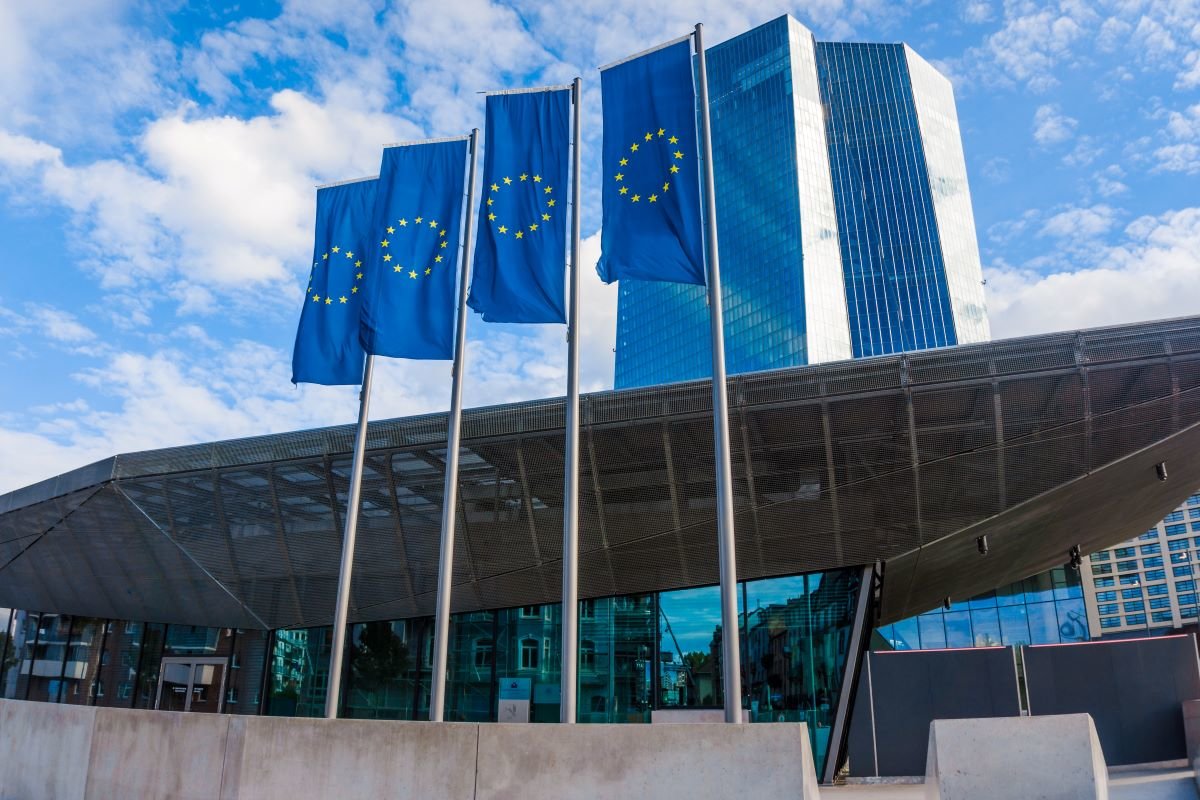To hit 2050 net-zero targets, we will need to make the majority of emissions reductions in the next nine years. This requires decarbonising our economies six times faster than we have ever done historically, and a huge shift in capital flows. Investors and firms know this, but there is confusion as to what constitutes a sustainable investment or activity. In response, regulators across the world are developing taxonomies – essentially classification systems – to set this out.
If designed and implemented effectively, taxonomies should help us reach our collective Paris commitments. Deeper diplomatic coordination is needed. This would ensure that the different taxonomies emerging at the national level will be consistent and interoperable.
What is a taxonomy?
As a recent OECD report states, “a taxonomy is a scheme of classification, and is broader than a definition”. For example, the EU taxonomy provides a framework setting out the economic activities that can be considered sustainable, initially in the context of climate change mitigation and adaptation. A sustainable activity must contribute substantially to one of the taxonomy’s environmental objectives, do no significant harm to others, and satisfy certain minimum social safeguards. Work is underway at EU level to develop non-climate environmental criteria, and to identify social criteria for sustainability.
Taxonomies can shed light on financial flows, counter greenwashing, and mobilise sustainable investment by setting out clear classifications. But taxonomies will only be effective at helping us get to net zero if they are science-based.
China, Chile, Indonesia, Malaysia, Mongolia, South Africa and the UK are among more than twenty jurisdictions that are developing or have already developed their own taxonomies. Other countries including the US, France, Japan and the Netherlands have defined sustainable economic activity in order to create tools such as green bonds. Regulatory attention is also starting to turn to define unsustainable and ‘transition’ activities.
Will taxonomies help us reach our Paris commitments?
Taxonomies can shed light on financial flows, counter greenwashing, and mobilise sustainable investment by setting out clear classifications. But taxonomies will only be effective and help us get to net-zero if they are science-based.
The process of finalising the first Delegated Act of the EU taxonomy highlighted conflict between Member States, vested industry interests and civil society groups. As a result, conclusions on key economic activities were postponed. In the Sustainable Finance Strategy released in July, the EU announced the adoption of a second Climate Delegated Act, which would address the role of agriculture, nuclear energy and natural gas. From a scientific basis, the IEA has said that demand for gas must peak by 2025 if the global energy sector is to reach net-zero, so gas should not feature in the list of sustainable activities. However this discussion continues in the EU, and similar dynamics are likely to be playing out in other taxonomy development processes.
As this suggests, there is a risk that different taxonomies could be inconsistent, weakening environmental standards overall through a ‘race to the bottom’. Some financial market participants are concerned that taxonomy proliferation may increase the cost of raising cross-border capital due to higher compliance costs.
Improved diplomatic coordination is necessary for taxonomies to be effective
Enhanced diplomatic coordination is necessary to enable taxonomies in different jurisdictions to work together. This should be rooted in existing efforts such as the International Platform on Sustainable Finance (IPSF) and the G20 Working Group on Sustainable Finance. Within the IPSF, the EU and China established a working group to develop a “Common Ground” taxonomy – a baseline and set of guidelines to help make their respective taxonomies mutually intelligible – and will publish results later in 2021. Meanwhile, China and the US are co-leading G20 work on definitions of green investment.
Some financial market participants are concerned that taxonomy proliferation may increase the cost of raising cross-border capital due to higher compliance costs.
As the creator of the leading green taxonomy, the EU has a crucial role to play in the diplomatic effort, working in particular with the United States and China. As Sima Kammourieh and Shahin Vallée recommend in a new E3G briefing:
- The EU should leverage its alignment with China on taxonomies to push for a global conversation on this issue in rest of 2021 and early 2022; the G20 Working Group on Sustainable Finance is an ideal venue for this discussion;
- Individual EU Member States should leverage their diplomatic engagement with the US and cooperation channels with the US Treasury, to encourage the US on the topic of taxonomies and to join the IPSF.
Continuing to develop this common ground on taxonomies is a crucial step towards reaching our Paris targets ensuring a climate-safe world. It is also where the leadership opportunity for the EU could not be clearer.


